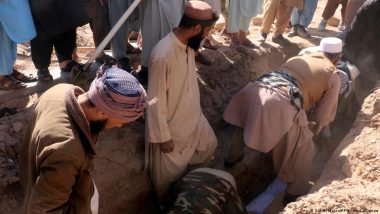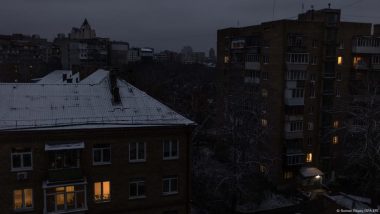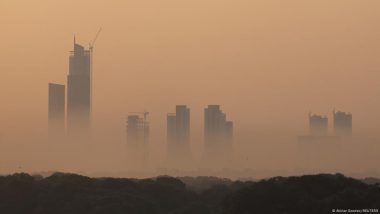Afghanistan has suffered four earthquakes in just a week. Here's why the Earth moves more in some places than others.Afghanistan lies on the Alpine-Himalayan belt, a region that runs along two tectonic plates: the Indian Plate in the south and Eurasian Plate in the north.
Also known as the Alpide belt, it's a zone that puts Afghanistan at risk of frequent earthquakes.
The country's Herat region suffered four quakes in October 2023 alone, all measuring about 6 on the Richter Scale. Those seismic events have left thousands dead.
Just a year earlier, in 2022, Afghanistan's Khost region — to the east of Herat — was hit by an earthquake that killed at least 920 people. Khost had already experienced about 50 quakes in the previous five years, according to the US Geological Survey.
How do tectonic plates affect Afghanistan?
Earth's crust is made up of a number of tectonic plates.
Three of those plates — the Arabian, Indian and Eurasian tectonic plates — meet in Afghanistan's region, along the aforementioned Alpide belt. The Alpide belt is about 15,000 kilometers in length, running from the southern part of Eurasia through the Himalayas and into the Atlantic.
Tectonic plates rest on layers of fluid, partially molten rock, and they move when magma from the Earth's core bubbles up. The plates shift along their boundaries, or fault lines. They either rub against each other, or move away from one another, causing tremors above — on land or in the oceans.
If an earthquake strikes under water, it can cause a tsunami — a huge wave that spreads at high speed, often towards land, where it can wreak destruction, flooding and death.
In Afghanistan's case, these natural movements in the Earth's crust can cause enormous devastation. Afghanistan's infrastructure is weak and people live in remote mountain villages that emergency services and rescuers struggle to reach.
What's the best way to protect people against earthquakes?
Since the Earth's plates are always moving — there'll always be seismic activity while the planet's core is hot — it's difficult to predict earthquakes, said Fabrice Cotton, a professor in seismology at the German Research Centre for Geosciences (GFZ).
We can, however, predict that strong earthquakes will almost always produce aftershocks as the plates at the epicenter of a quake come to rest.
So, said Cotton, "the only way to protect people against earthquakes is to build earthquake-proof buildings."
Because even small aftershocks can cause significant damage. Buildings that may have "only" suffered a little damage when the initial quake struck can collapse later due to weaker tremors.
Edited by: Derrick Williams, Clare Roth
This article was originally published June 22, 2022 and then updated October 16, 2023.
(The above story first appeared on LatestLY on Oct 16, 2023 07:40 PM IST. For more news and updates on politics, world, sports, entertainment and lifestyle, log on to our website latestly.com).













 Quickly
Quickly






















